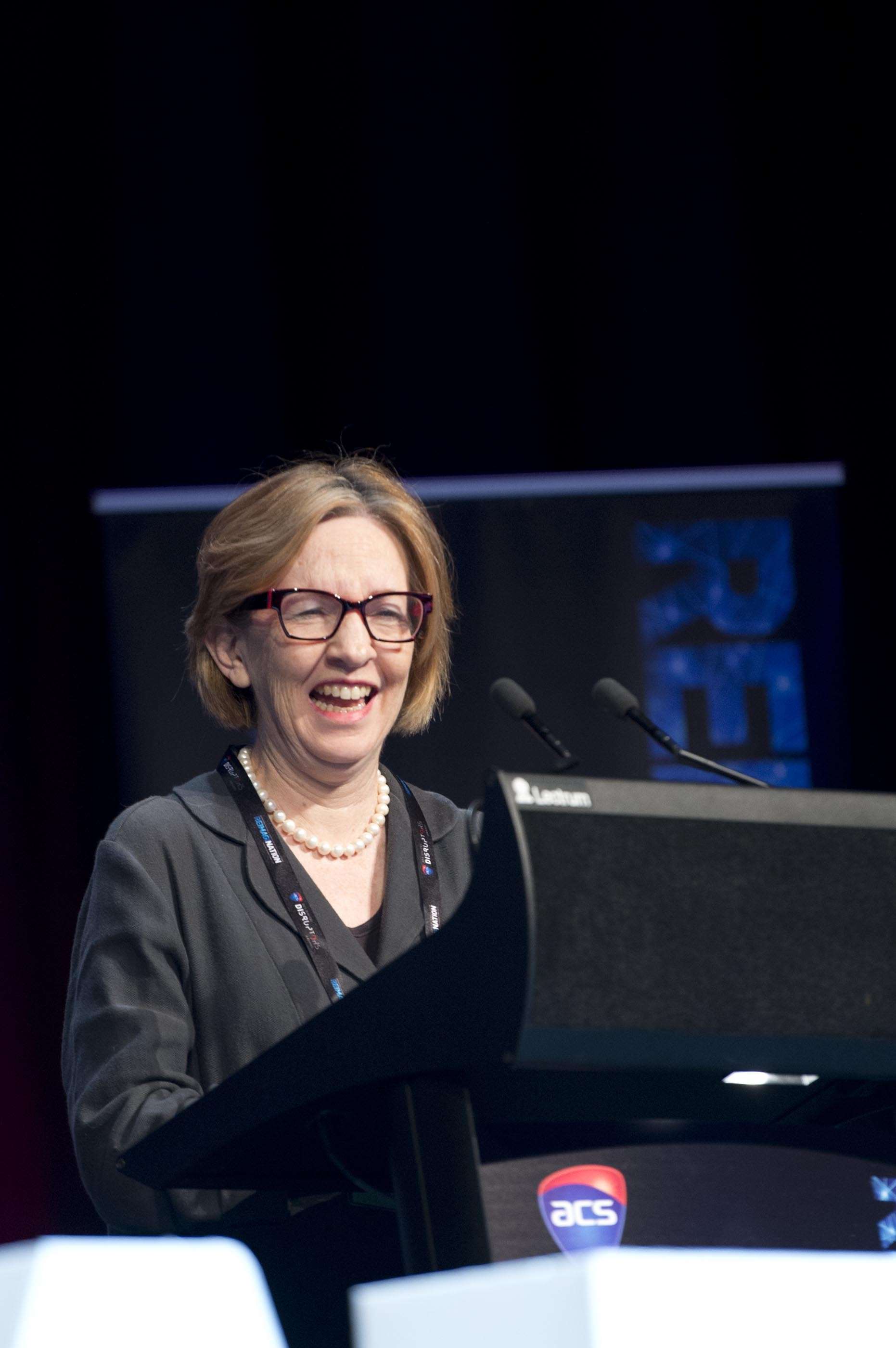NSW chief scientist and engineer Professor Mary O’Kane has called on universities to “teach maths from scratch” to attract more students into STEM-related degrees.
Speaking at the ACS Reimagination 2015 conference on a STEM panel discussion, O’Kane said that the current education system allowed students to “fall away” from science and maths, which restricted them from choosing computer science or other STEM-related studies later on.
“We need to assume that kids are going to get lost on their way to university in terms of maths, and be able to teach it from scratch,” O’Kane said.
“I say this to engineers and it annoys the hell out of lots of them that we can teach maths from scratch. [But] anyone with a maths aptitude can pick it up very fast at university.
“It’s not about the content, it’s about [teaching] the process of symbolic reasoning.”
O’Kane said that “one of the biggest problems we face in the developed world – and this is an interesting negative of the developed world – is that in high school we have a lot of choice.”
She noted that she used to “puzzle” a lot on why more Year 12 students didn’t take or complete high-level mathematics, given the types of careers it could make possible.
“To me it’s so obvious because I just adore maths and science,” she said.
“A very wise professor of education now from QUT, [who] was at UNE, pointed out to me that it’s a recurring problem that the kids can choose from so many subjects.
“So if you have a bit of a bad mark in maths you can take photography or ancient history – which are both wonderful things to do, but it does mean that people fall away from the hard subjects, and maths is seen as one of the hardest.
“Then they’re told if they don’t finish Year 12 maths, they can’t do engineering and this and that. And so we find we’re not getting enough kids into various quantitative fields.”
Knowing where it can lead
Fellow panellist and Dean of the UTS Faculty of Engineering and Information Technology, Professor Ian Burnett, believed part of the problem may be that students simply are unaware of the “cool” careers that studying maths and science at high school can lead into.
“We need kids to understand that … the cool jobs are based on those skills,” Burnett said.
“I’d love to say that the universities and UTS in particular could solve the issue but we’re just one small part of the story.
“I actually think it’s about bringing the ends together. What we need to do is get the cool companies and get those hidden STEM jobs and explain them to the students. And we need to take the message out into our schools.
“We need to improve our syllabus content, include that cool content, and reveal to high school students that there are fascinating and visionary stories that would engage them way beyond the basics of computer science that they seem to think is just really boring programming.”
Google Australia’s engineering community and outreach manager Sally-ann Williams concurred.
“I think the second thing we need to do is map outcomes [from STEM subjects] to the real world,” Williams said.
Williams said careers guides and other literature given to prospective students often profiled researchers as examples of the types of careers that STEM studies can lead to.
“No disrespect to researchers – I went down that path too for a little bit – but that’s really not where most of the STEM jobs are,” she said.
“And so if you’re somebody that’s excited by art and computer science, you might not understand why you want to go and get a PhD in computer science and what that could really lead to.
“We need to profile those careers but we need to extend that and we need to expose the diversity of careers that are in our industry.”
And O’Kane also joined the calls for better communication of what a modern STEM career looks like.
“I think if we could tell our stories and get them out through things like TV and social media, then I think there’s a better chance of people saying, ‘I’d love to do that’, ‘I want to do that’, or ‘I can change the world’,” O’Kane added.










